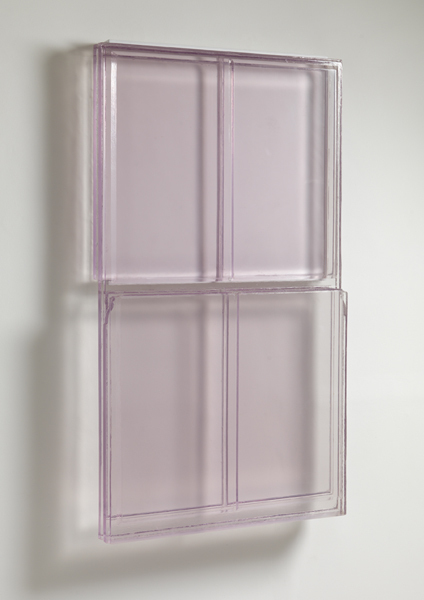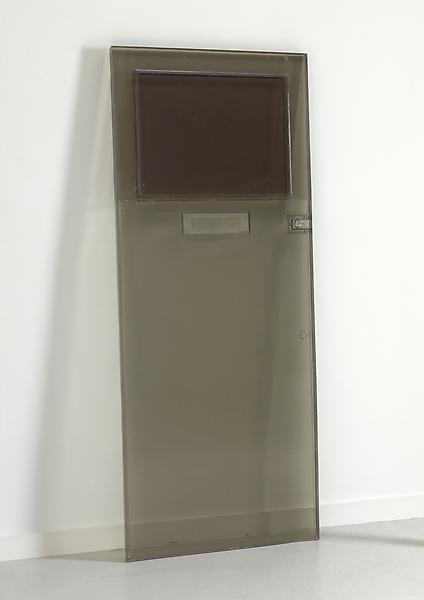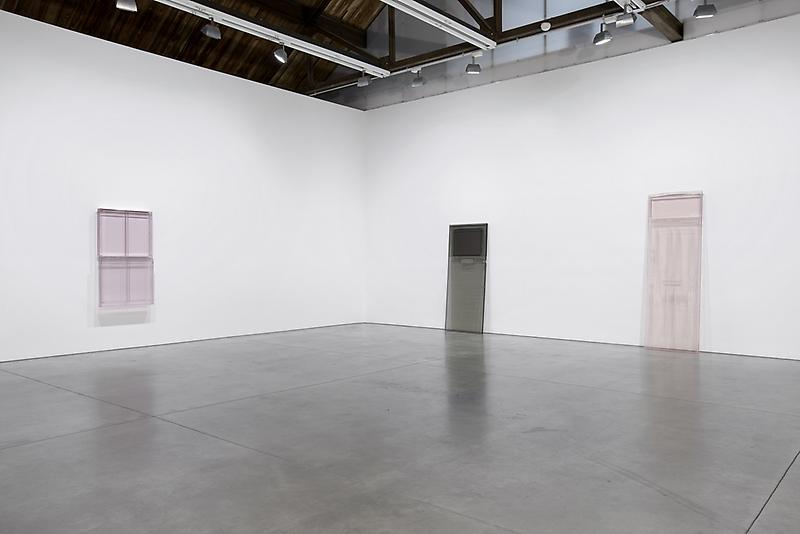In the vast inventory of the Metropolitan Museum of Art, there is a painting that I seek it out whenever possible. It a painting of modest size, yet it is one that arrests my gaze like few others for the way in which it captures the evocative power of light. The work is by Camille Corot, its subject a forest and pond near Ville-d’Avray, a town outside Paris where the artist owned property. In the painting the pond—which was on Corot’s property and one of his favorite motifs—slowly emerges through a delicate lattice of foliage dappled by late day sun. A peasant woman leans over in a small clearing in the foreground. She is camouflaged amid the scrim of trees, with only the slightest splash of color from her headscarf keeping her from being wholly subsumed into her surroundings. The scene is tranquil, motionless; the woman, pond, and forest seem suspended in the subdued half-light of dusk that envelopes them. The painting’s tonal harmonies and Corot’s feathery brushstrokes soften contours, shrouding the mottled landscape in a timeless tranquility. Painted near the end of Corot’s life, the view of Ville-d’Avray is idyllic, the light—even though the waning light of dusk—hypnotic, eternal. Corot’s subject is less a forest outside Paris than the sublime beauty of Nature itself.

Rachel Whiteread, "Daylight," resin, 2010. Courtesy Luhring Augustine.
Almost a century and a half after Corot, the London-based artist Rachel Whiteread explores the subtleties and evocative power of light in a series of new works with equally arresting results. For her current exhibition at Luhring Augustine, Whiteread—who is known for casting the negative space of domestic objects and architectural elements (bathtubs, the space beneath a chair, floorboards and even entire rooms including the plaster imprints of the moldings, fireplaces, windows and sockets)—has cast a series of doors and windows in translucent resin. Using resins tinted with soft tones of grey, lilac, and amber, Whiteread produces diaphanous sculptures that in their own ways conjure the ethereal, magical qualities of light. Her faint gray Dawn (2010) and pale lilac Daylight (2010) even approaches Corot’s delicate luminosity. But if Corot’s subdued half-light offered up the visual pleasure of atmospheric effects in the phenomenal world as an invitation into a timeless space seemingly free of social commentary or even moral message, Whiteread’s objects, while no doubt beautiful and certainly evocative, are meant to conjure neither light’s timeless beauty nor the eternal itself. Rather, what Whiteread’s recent casts of architectural portals and thresholds do ultimately attest to is her ongoing exploration of domestic objects and architecture spaces as sites of individual and collective meaning, history and memory.
Perhaps the most famous example of this concern from Whiteread’s body of work is House (1993), for which the artist cast an entire three-story row house in London’s East End that had been scheduled for demolition. By spraying the interior walls and ceilings of the gutted house with liquid concrete before the Victorian structure was torn down around her cast, Whiteread produced a monumental sculpture of the empty spaces of a now absent building. For months, House stood starkly alone in the vacant lot where other row houses once stood, but which had been razed to make way for development. By casting the residence, Whiteread’s House served as a silent monument to the displaced community and as a catalyst for public debates on urban renewal and gentrification—that is, until its own demolition in January 1994 to make way for that same development.

Rachel Whiteread, "Threshold III," resin, 2010. Courtesy Luhring Augustine.
If Whiteread’s House functioned as a testament to the social and economic realities of urban transformation and the people and communities impacted by it, I would suggest that her recent sculptural casts of windows and doors attest in their own ways to the often overlooked and unspoken structuring agents that define domestic space and existence. For upon closer inspection, the seemingly generic, nondescript nature of her cast windows and doors gives way to subtle differences that suggest a range of living spaces— Daylight’s window frame is simple and plain, its four panes and textured edges giving it a rustic feel, while another (Night, 2011) has a tight geometric cluster of six small panes and a smooth surface that seems almost institutional in appearance. Even more than her windows, Whiteread’s cast doors signify a range of domestic architectural spaces—one reads as a screen or porch door of a suburban residence, with wide boards and generous window spaces, while another’s dense, heavy paneling, small transom window, and a narrow mail slot suggests a door from a more urban environment (Threshold III, 2010). Through the indexical trace of architectural elements, each of Whiteread’s casts retain their relation to real conditions and lived experiences in the world, hinting at the diverse and shifting social realities that define domestic spaces. Thus, while Whiteread’s casts of windows and doors might at first be seen to evoke a light that seems related to the ethereal and supernal, what her sculptures reveal—what they illuminate—is not the subtleties of light but rather the nuances of existence.
Rachel Whiteread: Long Eyes is on view at Luhring Augustine Gallery in New York City until April 30, 2011






Pingback: https://interactiondesign.sva.edu/member/266641/